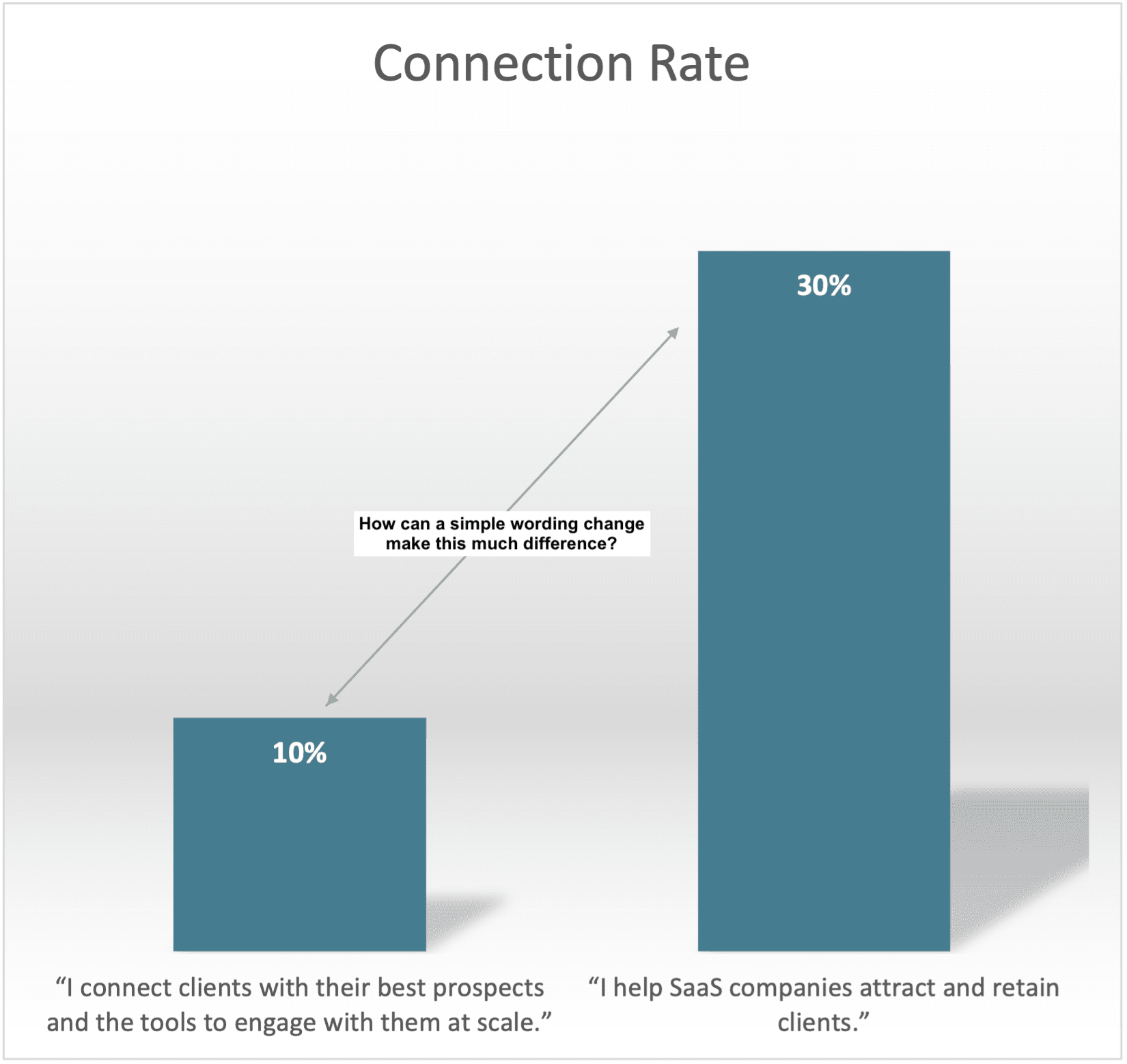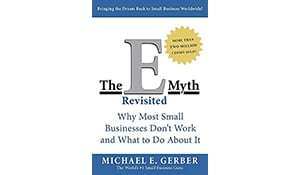Introduction:
In the digital age, content marketing has emerged as a powerful strategy for SaaS (Software-as-a-Service) companies to drive business development. By creating valuable and informative content, these companies can attract and engage their target audience, establish thought leadership, and ultimately generate leads and conversions. In this article, we will explore the pros and cons of content marketing for SaaS business development, examine successful examples, discuss the timing and results, uncover unintended consequences, and delve into the considerations of internal vs external resources and cost.
Pros of Content Marketing for SaaS Business Development:
-
Building Brand Authority: Through content marketing, SaaS companies can showcase their expertise, provide valuable insights, and position themselves as thought leaders in their respective industries. By consistently delivering high-quality content, they can gain credibility and trust, and ultimately establish their brand as an authority in the market.
-
Lead Generation and Conversion: Content marketing helps attract potential customers who are actively seeking information and solutions. By offering valuable content, SaaS companies can capture leads and nurture them throughout the customer journey. Well-crafted content can address pain points, educate prospects about the benefits of their SaaS solution, and guide them toward conversion.
-
Enhanced Customer Engagement: Content marketing enables SaaS companies to engage with their audience on a deeper level. By creating interactive content such as videos, webinars, or interactive guides, they can encourage active participation, promote discussions, and build a community around their brand. Engaged customers are more likely to become advocates and drive organic growth.
-
SEO Benefits: Content creation plays a significant role in search engine optimization (SEO). By producing relevant and optimized content, SaaS companies can improve their organic visibility and drive targeted traffic to their websites. Regularly updating their blogs with valuable content can enhance their search engine rankings, leading to increased brand exposure and website visits.
Examples of Successful Content Marketing in SaaS:
-
HubSpot, a leading SaaS company providing marketing and sales software, has excelled in content marketing. Their blog features a vast array of educational articles, guides, and case studies, offering valuable insights to their target audience. HubSpot's content helps them attract and nurture leads, positioning the company as a trusted resource in the marketing and sales industry.
-
Buffer, a social media management platform, has leveraged content marketing to build a massive following. They maintain an active blog that covers various topics related to social media marketing, productivity, and company culture. Buffer's transparent approach to sharing its internal processes and learnings has helped them establish a strong brand identity and attract a dedicated community of users.
Timing and Results:
Content marketing is a long-term strategy that requires consistency and patience. While immediate results may not be apparent, the cumulative impact over time can be significant. The timing of content marketing campaigns should align with the product development cycle, industry trends, and customer demands. By regularly analyzing key metrics such as website traffic, engagement, lead generation, and conversion rates, SaaS companies can measure the effectiveness of their content marketing efforts and make data-driven optimizations.
Unintended Consequences:
While content marketing offers numerous benefits, there are potential unintended consequences to consider. As the demand for high-quality content increases, there is a risk of oversaturation in certain industries or niches. This can make it challenging for SaaS companies to stand out and differentiate themselves from competitors. Additionally, maintaining a consistent publishing schedule can be time-consuming, and there may be instances where the quality of content suffers due to quantity-focused strategies.
Internal vs External Resources and Cost Considerations:
SaaS companies have the option to allocate internal resources or outsource content creation to external agencies or freelancers. Internal resources provide the advantage of deeper product knowledge and brand understanding. However, this approach can place a strain on existing teams and may require additional training or hiring. On the other hand, outsourcing content creation can provide fresh perspectives, specialized expertise, and scalability. However, it requires effective communication, a clear content strategy, and a careful selection of external partners.
Costs associated with content marketing vary based on factors such as the scope of content creation, internal or external resources, and promotion strategies. Internal costs include personnel, software tools, and infrastructure for content creation and distribution. External costs can range from freelance writer fees to agency retainers. While content marketing can be cost-effective compared to traditional advertising, it requires a long-term investment and ongoing optimization to yield significant returns.
Conclusion:
Content marketing has proven to be a powerful tool for SaaS business development. Its ability to build brand authority, generate leads, enhance customer engagement, and improve SEO makes it an invaluable strategy for SaaS companies. However, it requires a well-planned approach, consistency, and continuous analysis of results to maximize its benefits. By leveraging successful examples, understanding the timing and unintended consequences, and carefully considering internal vs external resources and cost, SaaS companies can harness the true potential of content marketing to drive their business forward.




